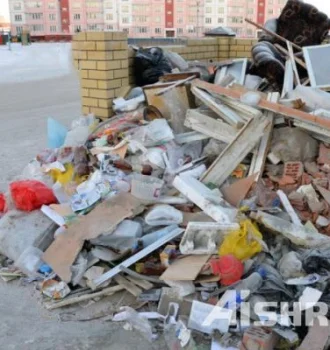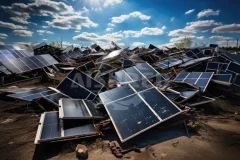
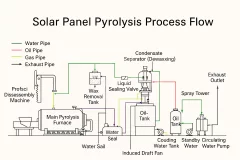
As the global photovoltaic (PV) industry matures, a new wave of challenges is emerging: the large-scale retirement of aging solar panels. With a typical lifespan of 25–30 years, the first generation of solar modules is reaching its end-of-life, leading to a surge in decommissioned PV components.To address this growing concern, GEP ECOTECH has developed a comprehensive, efficient, and eco-friendly recycling solution for waste solar panels. Our system is engineered to extract maximum value from discarded PV modules, transforming waste into reusable materials while minimizing environmental impact.What’s Inside a Solar Panel? Why Recycling MattersA standard crystalline silicon solar panel contains:Glass (~76%)Polymers & Encapsulants (~9%)Aluminum Frames (~9%)Silicon (~4%)Copper, Silver, Lead, Tin, and other trace metalsWhile these materials are recyclable, traditional mechanical or thermal methods often fail to efficiently separate them or result in the loss of valuable elements like silver and copper. GEP
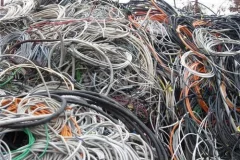
The disposal of waste cables should comply with environmental protection and legal requirements to reduce negative impacts on the environment. The following are some common methods for disposing of waste cables:Common Waste Cable Disposal methods 1. Recycling: The metal parts in waste cables, such as copper and aluminum, can be recycled. These metals can be melted and reused to manufacture new cables or other products.2. Physical processing: The insulation materials on the outer layer of the cables can be separated from the metal part through physical methods. These materials can be further processed into recycled materials or other products.3. Pyrolysis: To generate energy or chemical products by pyrolysis or dissociation of plastic insulation materials in cables.4. Treatment facilities: Some places have dedicated waste treatment facilities that can handle waste cables. These facilities may be processed using various methods, including physical separation, chemical treatment, etc.5. Professional recycling:
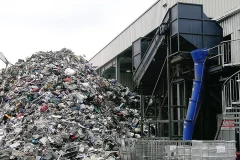
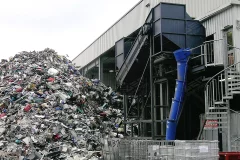
WEEE Waste Processing
2022-03-03Electronic waste (WEEE), which contains a wide range of electronic and electrical equipment, is the fastest growing waste stream in the world. E-waste contains many heavy metals and toxic substances, and improper storage and disposal can lead to serious environmental pollution. Countries and international organisations around the world have developed comprehensive laws and regulations for the disposal of e-waste. The shredding of e-waste is the first stage in the environmentally sound treatment and recycling process and is crucial to the efficiency of subsequent treatment GEP ECOTECH has flexible e-waste shredding solutions to facilitate the shredding requirements of disposal units of different sizes and technology routes, and we also offer electromagnetic and eddy current sorting solutions to separate the various valuable metals in e-waste. GEP ECOTECH offers industrial shredders, hammer crushers and pulverizes capable of shredding e-waste down to a minimum of 3mm, suitable for almost all subsequent processi


